Coding is one of the most in-demand skills in the job market today. And you don’t need to spend a fortune on a computer science degree to learn how to code. There are plenty of free resources available online and offline that can teach you the basics of programming.
In this blog post, we’ll guide you on how to start coding for free and share some of the best free resources for learning to code. You can also take free Google courses with certificates to learn coding from Google experts.
If you’re looking to create a stunning and professional online course website without coding skills, Eduma WordPress theme is a great option.
Are you ready to get started?
Step 1. Choose A Programming Language
The first step in the how to start coding for free guide is to choose a programming language. And the most popular for beginners include Python, JavaScript, HTML, and CSS.
Python is a versatile language that can be used for web development, data science, and even machine learning. JavaScript is essential for web development, while HTML and CSS are used to create the structure and styling of websites.
Once you’ve chosen a language, it’s time to find a resource to learn it.
Step 2. Find A Learning Platform For Coding Classes
Learning to code can be an exciting and rewarding journey, opening doors to new possibilities. While there are many resources out there, finding the right platform for beginners can be overwhelming. Here are 5+ top-rated free coding classes websites to kickstart your coding adventure:
Codecademy – How To Start Coding For Free
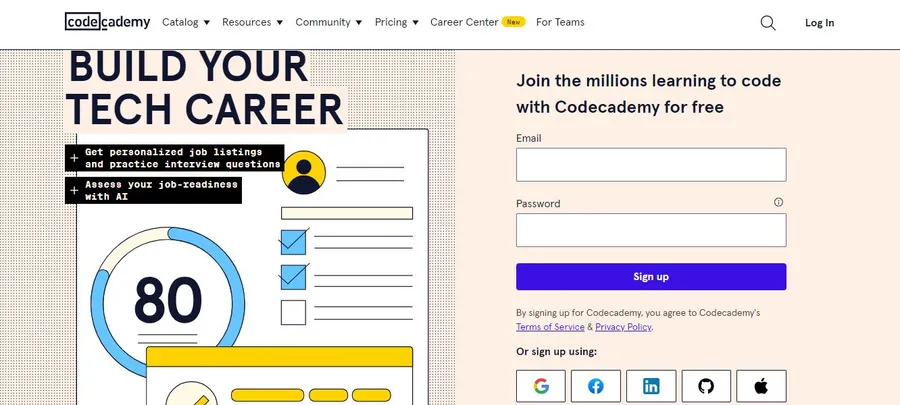
The king of interactive learning, Codecademy gamifies the coding process with bite-sized challenges and immediate feedback. Master web development fundamentals like HTML, CSS, and JavaScript, or delve into Python, data science, and more.
- Best for: Interactive learning coding for beginners.
- Languages: Python, JavaScript, HTML/CSS, SQL, Java, C++, and more.
- Features: Gamified lessons, bite-sized exercises, visual progress tracking, community forums.
- Pros: Structured learning paths, a beginner-friendly interface, and a large community for support.
- Cons: Limited course depth; some courses require a premium membership.
Khan Academy – How To Start Coding For Free
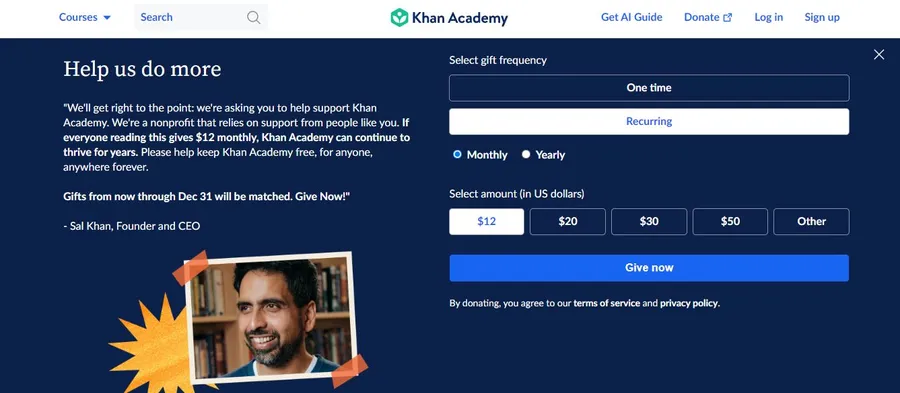
The trusted name in education extends to coding with Khan Academy ‘s clear and concise tutorials. Start with the basics of programming logic and dive deeper into languages like JavaScript, HTML, and CSS. Perfect for learners who prefer a structured approach.
- Best for: Visual learners, structured learning paths.
- Languages: Python, JavaScript, HTML/CSS, SQL.
- Features: Animated videos, interactive coding exercises, practice challenges, badges for progress.
- Pros: Free coding classes from Stanford professors, excellent quality content, focus on building solid understanding.
- Cons: Fewer languages offered than some platforms, less hands-on practice compared to others.
FreeCodeCamp
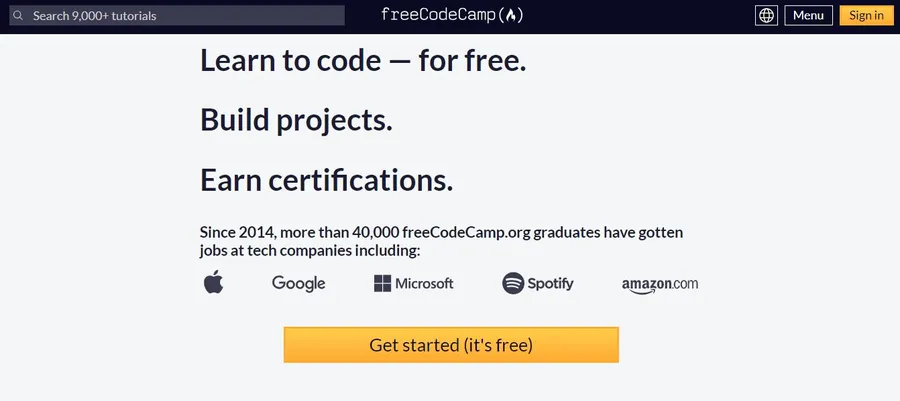
Buckle up for a project-driven adventure! FreeCodeCamp guides you through real-world web development projects while you learn essential languages like HTML, CSS, and JavaScript. Earn certifications and build a portfolio to impress future employers.
- Best for: Project-based learning, building complete applications.
- Languages: HTML/CSS, JavaScript, Python, SQL, and more.
- Features: Responsive web design projects, collaborative learning environment, non-profit organization.
- Pros: Learn by building real-world projects, strong emphasis on community, active forums for help.
- Cons: Can be challenging for absolute beginners, less structured curriculum than some platforms.
Mozilla Developer Network (MDN)

This isn’t just a website, it’s a developer’s bible! Mozilla Developer Network (MDN), brought to you by the folks behind Firefox, is the ultimate reference for web technologies. Whether you’re brushing up on HTML semantics or delving into the intricacies of WebGL, MDN has the answers, meticulously documented and organized for easy comprehension.
- Best for: In-depth documentation and reference material.
- Languages: All major web development languages and APIs.
- Features: Detailed tutorials, code examples, interactive web demos, and reference guides.
- Pros: Up-to-date information, vast library of resources, trusted source for web development documentation.
- Cons: Not a structured learning platform, can be overwhelming for beginners, and focuses on technical specifics.
W3Schools
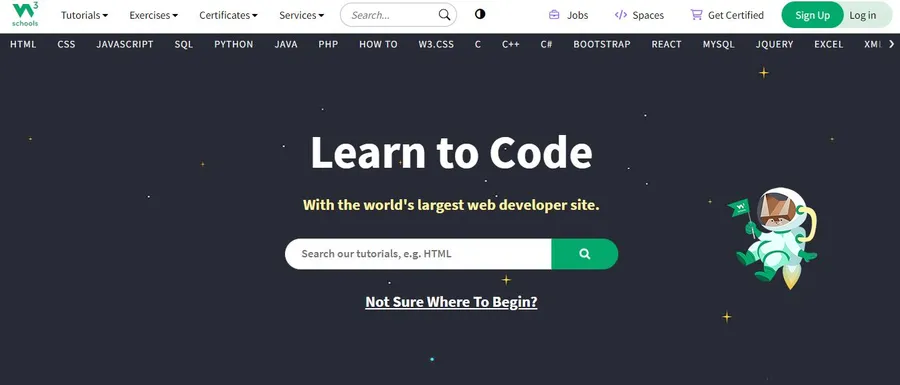
Your one-stop shop for web development essentials! W3Schools offers comprehensive tutorials, references, and examples for HTML, CSS, JavaScript, PHP, and more. A great resource for quick answers and code snippets.
- Best for: Quick references, short tutorials.
- Languages: HTML, CSS, JavaScript, Python, SQL, and more.
- Features: Simple tutorials, code examples, interactive exercises, and color pickers.
- Pros: Easy-to-navigate interface, good for basic syntax understanding, helpful for web development.
- Cons: Shallow learning depth, not suitable for building complex projects, lack of interactivity.
Google Developers
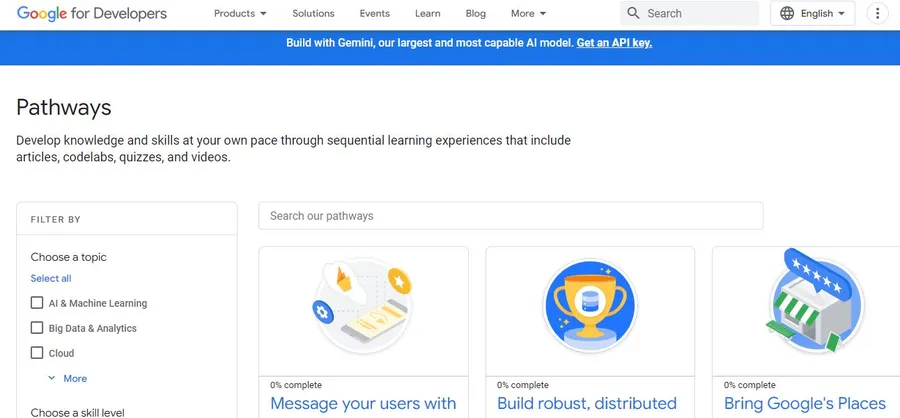
Google Developers offers a wealth of resources for programmers of all levels. Explore in-depth guides, code samples, and interactive tutorials on a vast array of topics, from Android app development to cloud computing. Google’s commitment to open-source principles shines through, making this platform a haven for collaborative learning and knowledge sharing.
- Best for: Learning Google technologies; Android development.
- Languages: Java, Kotlin, Python, JavaScript, and more.
- Features: Interactive tutorials, codelabs, documentation, and learning tracks for specific skills.
- Pros: Official Google developer resources, high-quality content, focus on practical applications.
- Cons: Limited scope for Google technologies; not ideal for learning general programming concepts.
Coursera
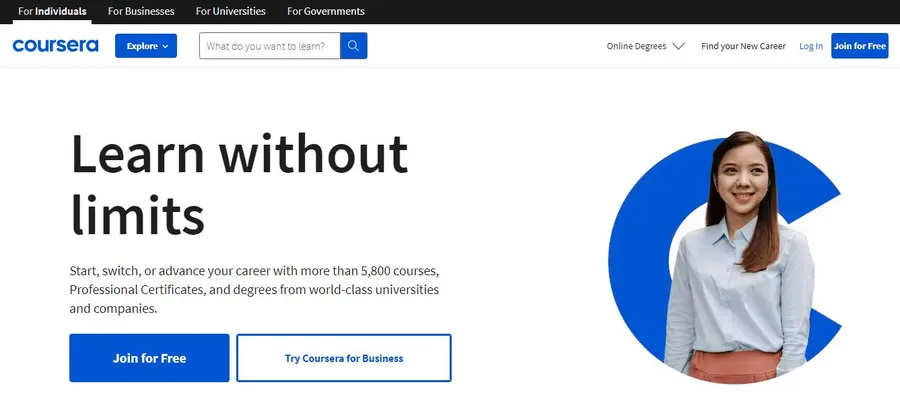
While not everything on Coursera is free, they offer a vast selection of courses from top universities and companies, including many introductory coding courses. You’ll find courses on Python, Java, data analysis, and more, often with flexible schedules and certification options.
- Best for: Structured courses, university-level content.
- Languages: Python, Java, C++, R, and more.
- Features: Video lectures, quizzes, assignments, peer feedback, and certificates.
- Pros: High-quality courses from top universities; flexible learning format; accredited certificates available.
- Cons: Some courses require paid subscriptions, requiring less hands-on practice than some platforms.
edX
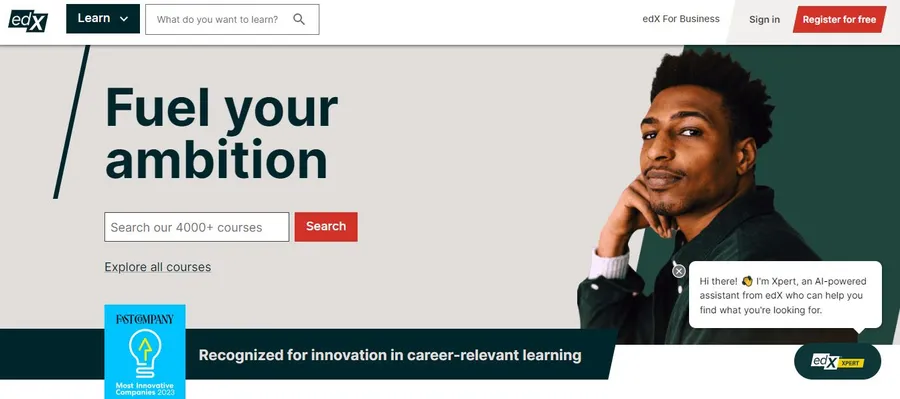
Bridging the gap between academia and industry, edX partners with leading universities and companies to offer high-quality coding courses. Explore diverse topics like Python, Java, data science, and artificial intelligence.
- Best for: Specializing in specific skills, university-level content.
- Languages: Python, Java, R, Data Science, and more.
- Features: Video lectures, interactive exercises, problem sets, and certificates.
- Pros: Affordable MicroMasters programs, diverse course offerings, recognized certificates from top institutions.
- Cons: Some courses require paid subscriptions and are less beginner-friendly than some platforms.
Step 3: Start With The Basics And Be Patient
Don’t try to learn too much too fast when you learn how to start coding for free. Start with the basics of your chosen language and gradually build your skills from there. It takes time and practice to become a good coder, so be patient with yourself.
Step 4: Join The Online Coding Community
There are many online communities where you can connect with other coders and get help when you need it. Some of the best places to find coding communities include:
Stack Overflow – How To Start Coding For Free
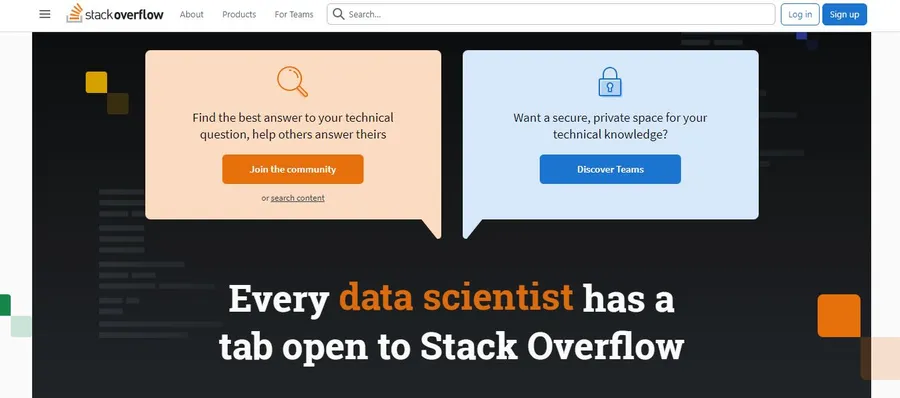
Stack Overflow is a question-and-answer website for programmers. It’s a great place to ask questions and get help from other coders.
GitHub

GitHub is a platform for hosting and collaborating on code. It’s a great place to find open-source projects to contribute to and learn from other coders.
Meetup
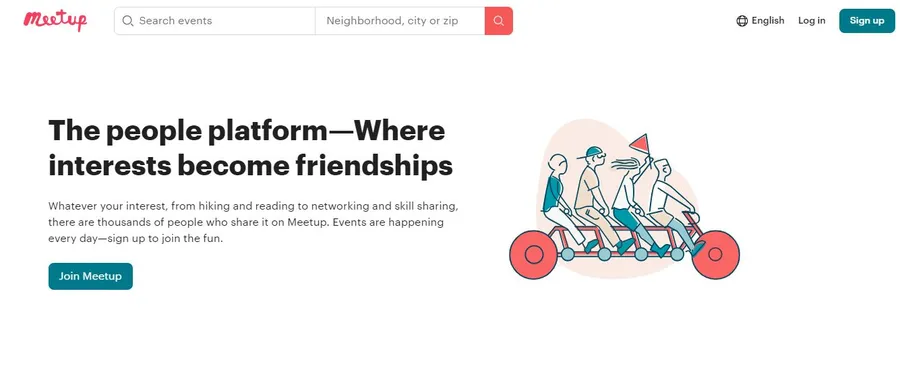
Meetup is a website that helps you find local groups of people who share your interests. There are many Meetup groups for coders, so you’re sure to find coding programs near you.
Step 5: Build Something After Knowing How To Start Coding For Free
One of the best ways to learn how to start coding for free is to build something. Once you’ve learned the basics of a language, start working on a small project. It could be something simple, like a website or a game. But the important thing is to start coding and see what you can create.
Coding can be a challenging but rewarding skill to learn. But with the right resources and support, anyone can learn to code for free.
Read More: How to Create an Online Course Marketplace Using WordPress
Contact US | ThimPress:
Website: https://thimpress.com/
Fanpage: https://www.facebook.com/ThimPress
YouTube: https://www.youtube.com/c/ThimPressDesign
Twitter (X): https://twitter.com/thimpress